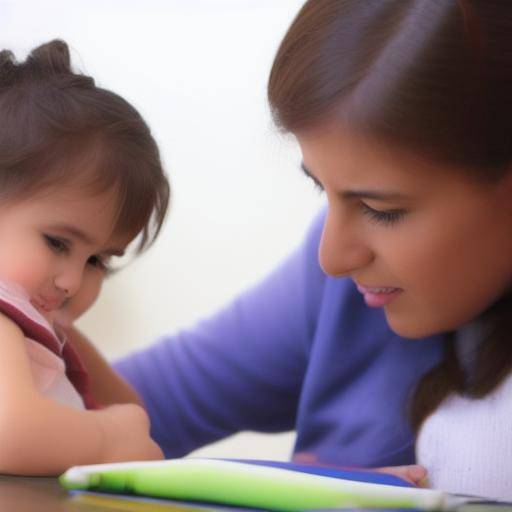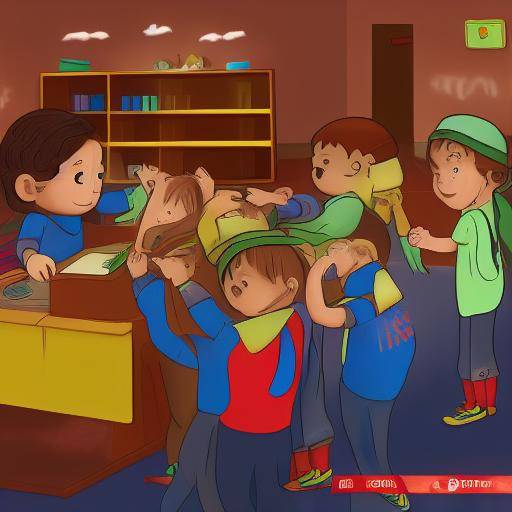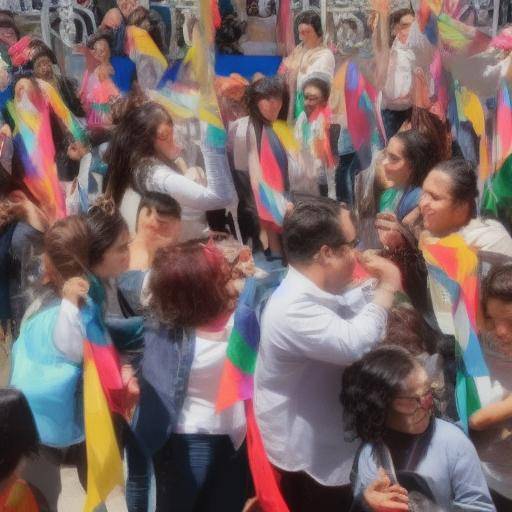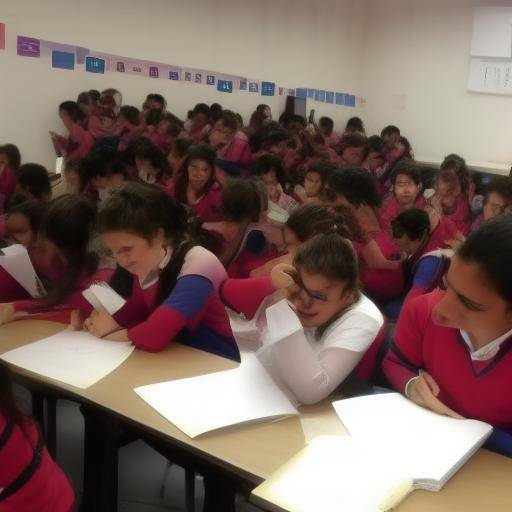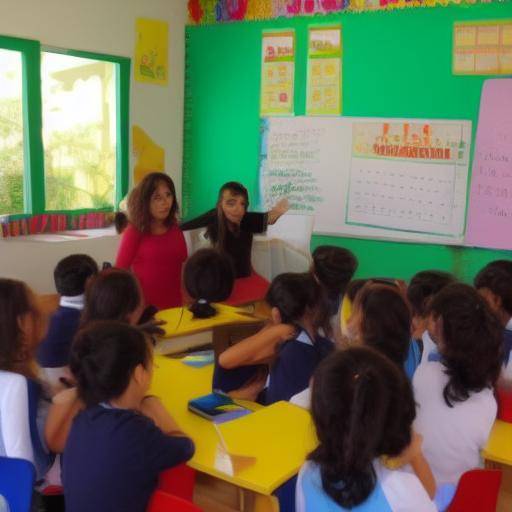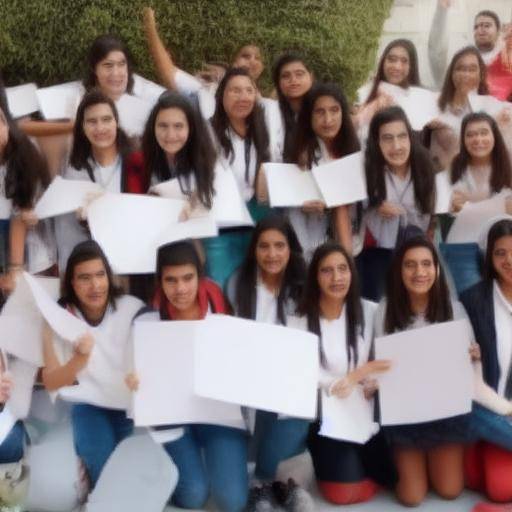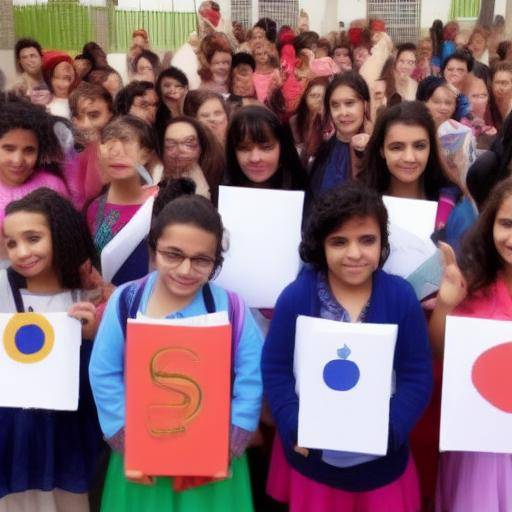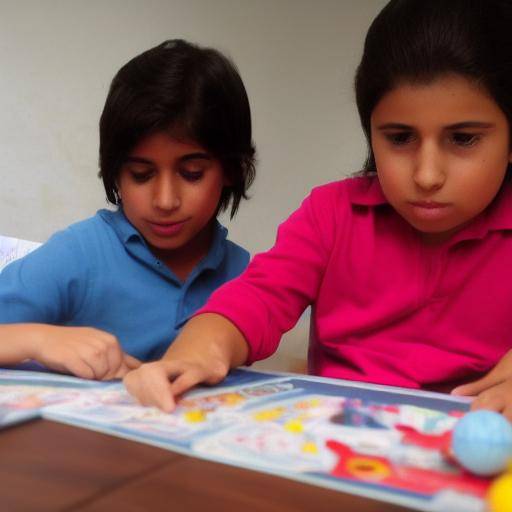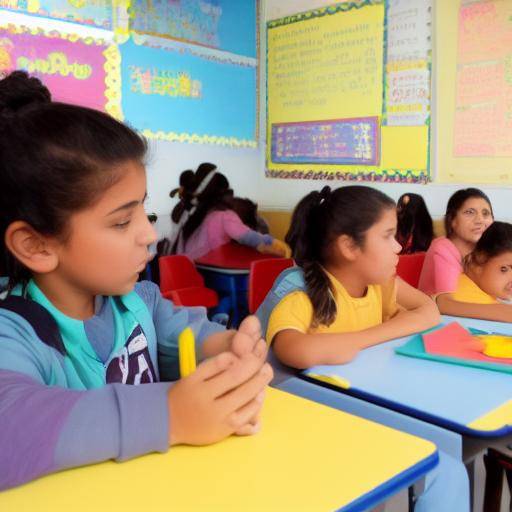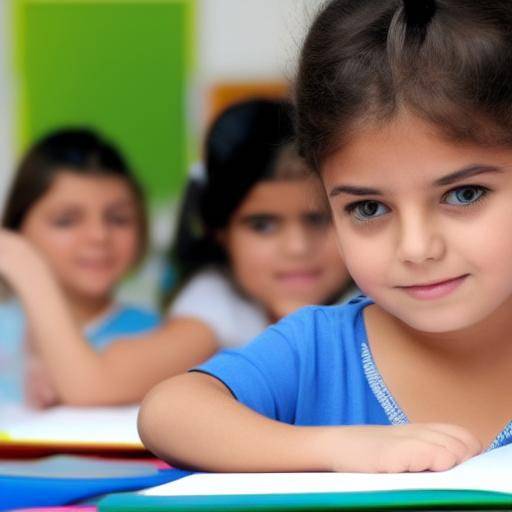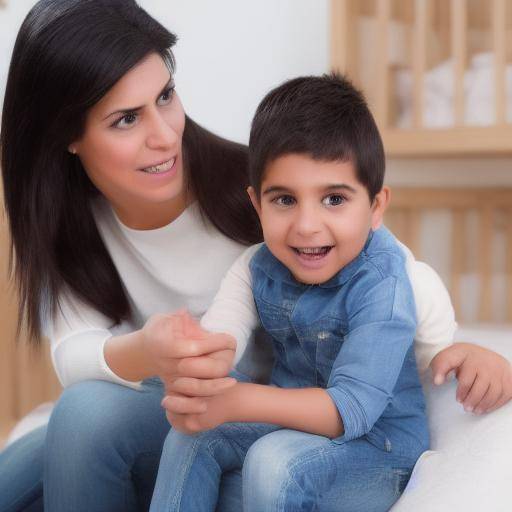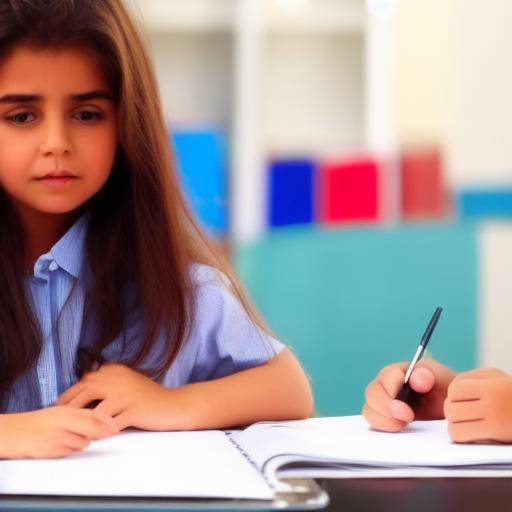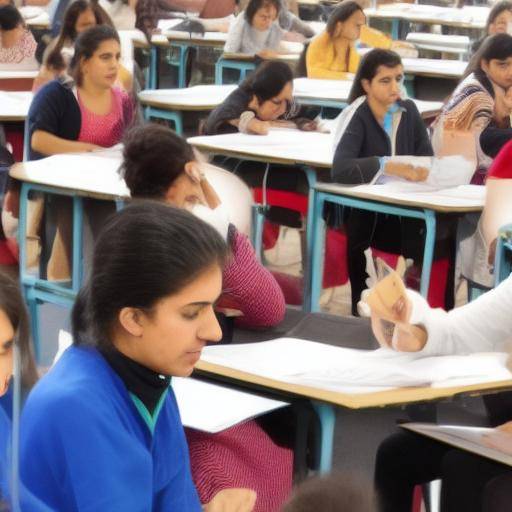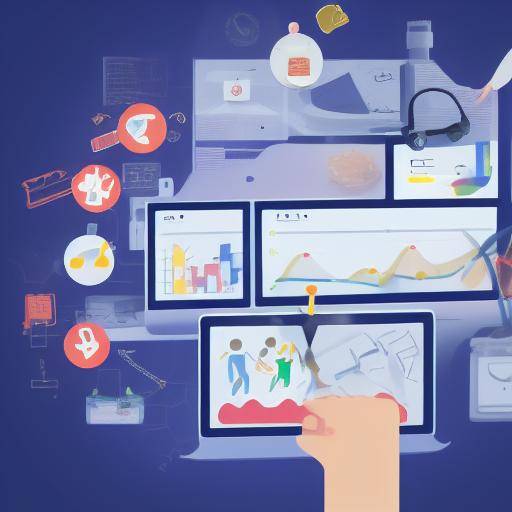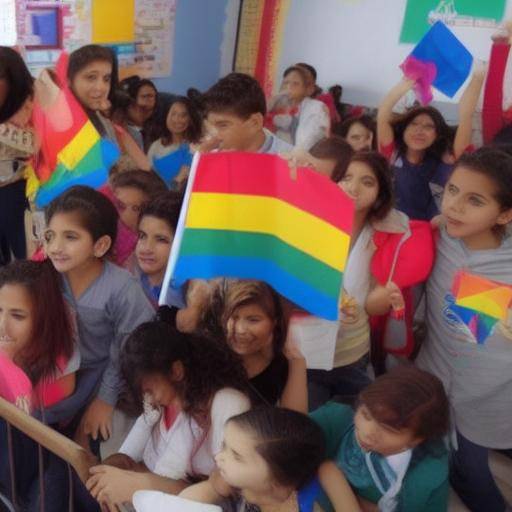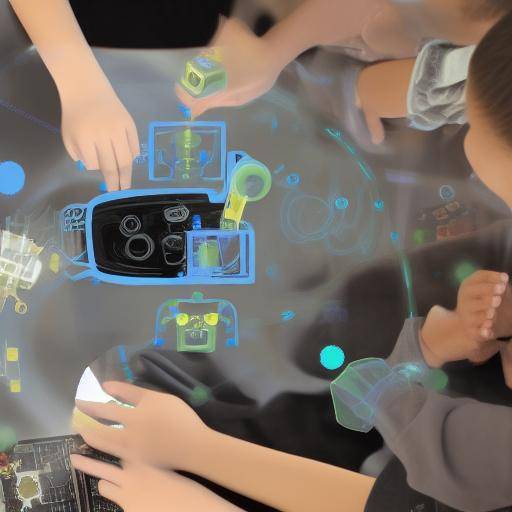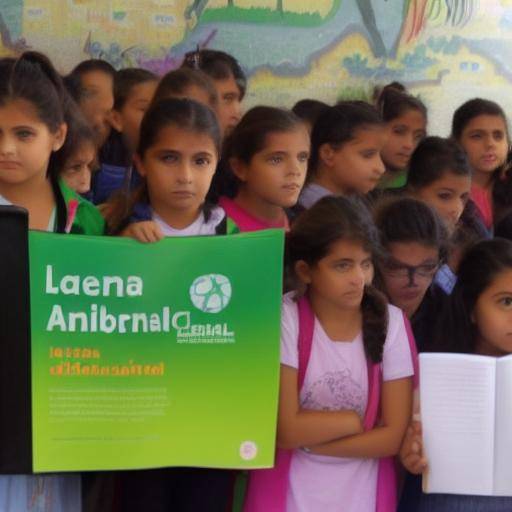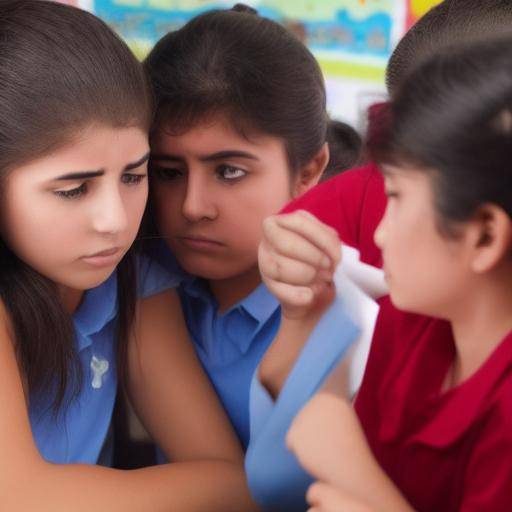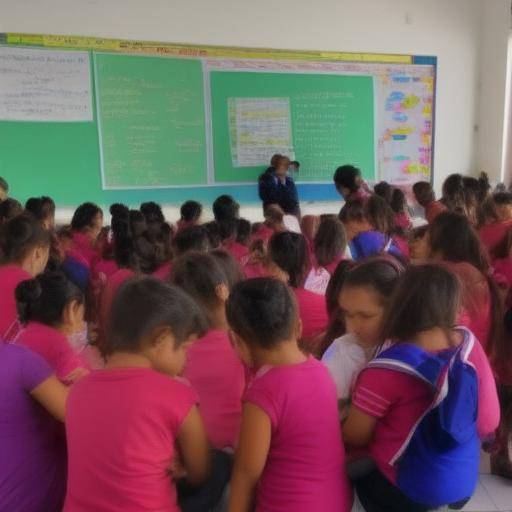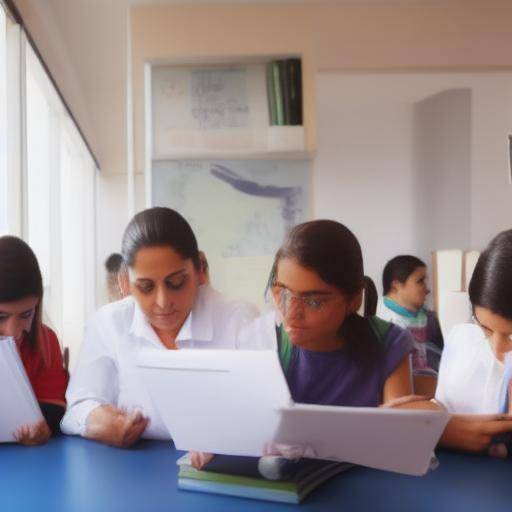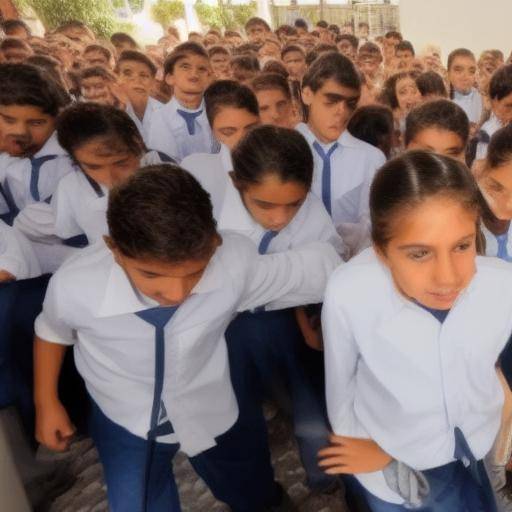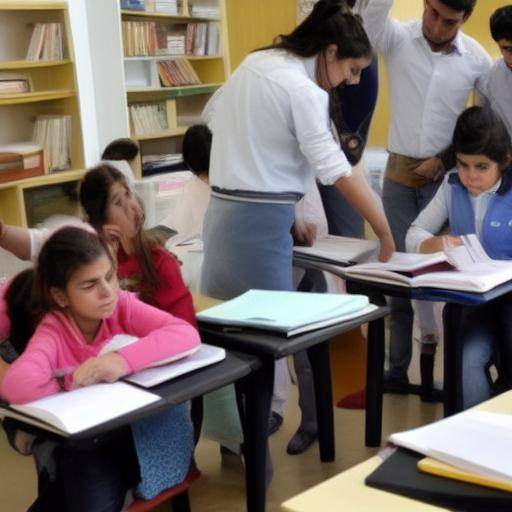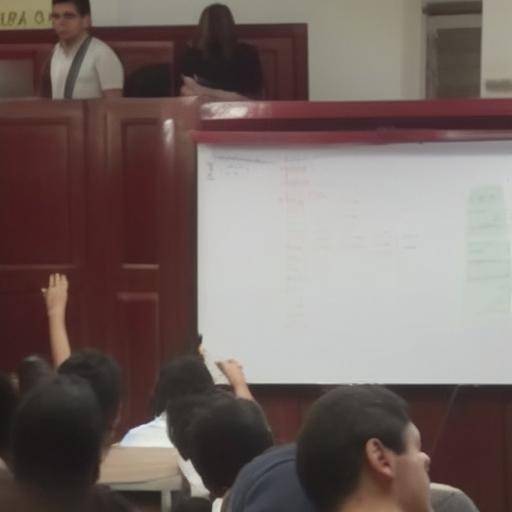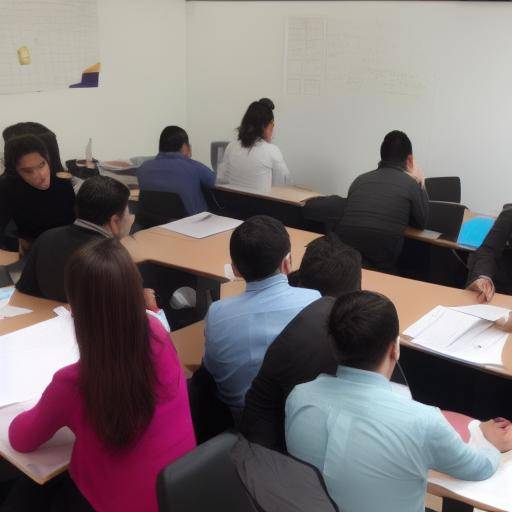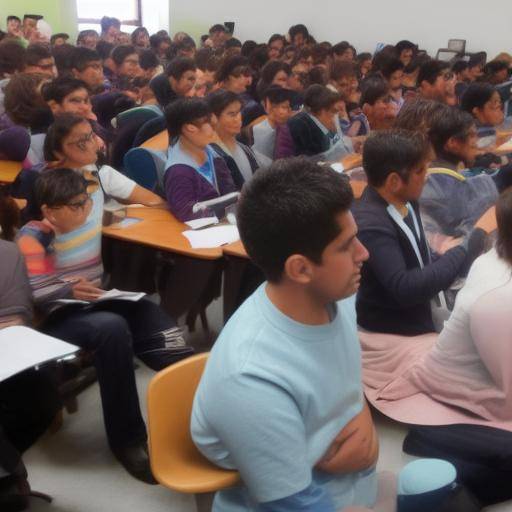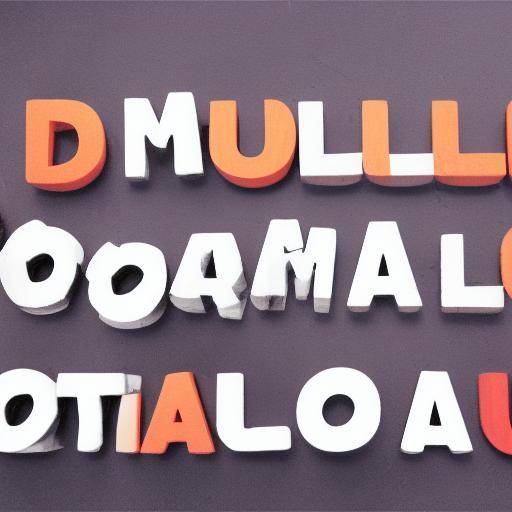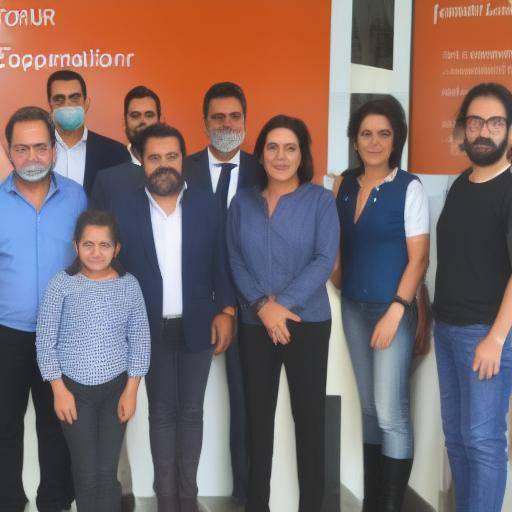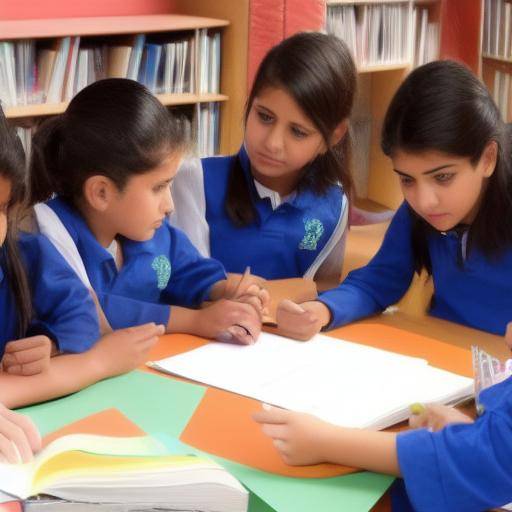
Introduction
In the world of artistic education, performing arts stand out for their ability to enhance creativity, personal expression and the integral development of individuals. Education in performing arts not only involves the transmission of technical and theoretical knowledge, but also promotes the development of emotional, social and communicative skills. In this article, we will explore various strategies for education in performing arts, from its historical background to current trends and challenges, providing an integral view of the importance of these disciplines in the educational field. In addition, we will offer practical advice, comparative analysis, expert opinions, case studies and future predictions to enrich the knowledge and understanding of this fascinating educational field.
History and Background of the Performing Arts
The performing arts, including theatre, dance and music, have been an integral part of human expression throughout history. From theatrical performances in ancient Greece to the elaborate contemporary productions, the performing arts have constantly evolved, reflecting and moulding the culture of each time. In education, the educational value of performing arts has been recognized for centuries, using theatrical representation, dance and musical expression as tools to foster creative learning and emotional introspection.
Analysis in Deep Education in Performing Arts
The performing arts in the educational field offer many benefits, from the development of trust and self-expression to the promotion of teamwork and empathy. However, they also face challenges, such as lack of resources and recognition in the curricula. Currently, the integration of technology and pedagogical innovations has opened up new opportunities for education in performing arts, allowing more dynamic and accessible approaches.
Comprehensive Review of Education Strategies in Performing Arts
To improve the effectiveness of education in performing arts, it is crucial to analyse strategies used in different educational settings. From the implementation of interdisciplinary programmes to the incorporation of specialized teachers, there are various ways of enriching education in performing arts and ensuring its continuing relevance in the current educational landscape.
Comparative analysis and synergies with other disciplines
The comparative study of performing arts with other areas of study, such as humanities or sciences, reveals the interconnection and complementarity of these disciplines. By linking the performing arts with other areas of knowledge, a more holistic and transversal understanding of learning is encouraged, nourishing creativity and aesthetic appreciation.
Practical Tips and Accessible Recommendations
Providing practical advice for teachers and educators interested in improving education in performing arts, from planning activities to evaluating the progress of students, is essential to promoting effective change in education.
Industry Perspectives and Expert Reviews
The opinions of experts in performing arts, education and pedagogical strategies provide a profound insight into the current and future state of education in performing arts. Their views on the impact of performing arts on the integral development of students and their relevance in the current educational context enrich the debate on the subject.
Case Studies and Practical Applications in the Real World
Case studies that demonstrate the successful implementation of educational strategies in performing arts provide concrete examples and tangible results that support the importance of these disciplines in the field of education. These practical examples illustrate how performing arts have a positive impact on the academic and personal development of students, as well as on the educational community as a whole.
Future Trends and Predictions
The future of education in performing arts is marked by the constant evolution of educational technologies, the growth of inclusive approaches and adaptation to the changing needs of students. The predictions on the development of performing arts in the educational field reveal exciting opportunities and challenges that will require flexibility and creativity to effectively address them.
Conclusion
Education in performing arts, with its various strategies and approaches, plays a key role in the integral formation of individuals, promoting creativity, empathy and personal expression. From its origins to current and future trends, performing arts remain a crucial pillar in education. Promoting their development and recognition in the educational field is essential to nurture critical thinking, aesthetic sensitivity and interpersonal skills of future generations.
Frequently asked questions
1. Why is education in performing arts important in the educational system?
Education in performing arts promotes the integral development of students, enhancing social, emotional and creative skills that complement traditional academic training.
2. How can teachers integrate performing arts into classrooms?
Teachers can integrate performing arts through the planning of interdisciplinary activities, the integration of theatrical representations in the teaching of literature, or the organization of artistic events within the school environment.
3. What are the most common challenges in the implementation of performing art programs in schools?
Challenges often include lack of resources, lack of institutional recognition and competition with subjects considered "priority" in curricular terms.
4. How can students benefit from education in performing arts in their daily lives?
Students can benefit by developing communication skills, teamwork, self-confidence and empathy, which are transferable to personal and professional contexts.
5. What emerging trends are impacting education in performing arts?
Emerging trends include the integration of technology, inclusive approaches and the emphasis on cultural diversity in artistic representations.
6. What role do performing arts play in promoting inclusion and diversity in the educational field?
The performing arts offer a space for the representation and celebration of cultural diversity, fostering inclusion and respect for differences.
Concluding, education in performing arts plays a crucial role in the formation of individuals, nurturing creativity, sensitivity and personal expression. By addressing strategies for their implementation, we promote a more comprehensive and enriching educational approach, preparing future generations to face the challenges in a holistic and creative way.

